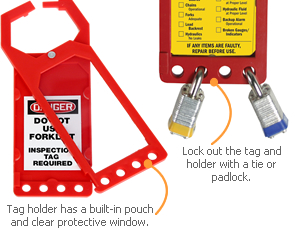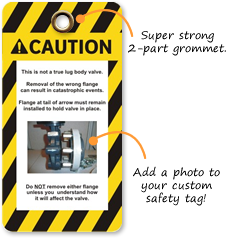
- Home
- Custom
- Paper
- Plastic
- Metal
- Manila
- Warehouse
-
Inspection
-
- Inspection Tags
- Custom Inspection Tags
- 5S Red Tags
- Accepted Inspection Tags
- AED Inspection Tags
- Eyewash Inspection Tags
- Forklift Inspection Tags
- Gas Cylinder Tags
- Hold Tags
- Identification Tags
- Information Tags
- Inspection Tag In Box
- Ladder Inspection Tags
- Leak Tags
-
-
Repair
-
- Repair Tags
- Custom Repair Tags
- Do Not Use Tags
- Industrial Repair Tags
- Retail Repair Tags
- Two-Part Repair Tags
-
- Price
- Fire Extinguisher


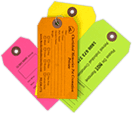
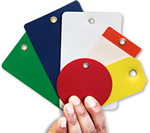




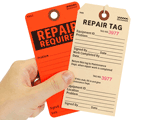

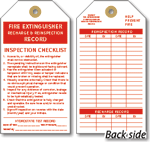
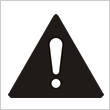
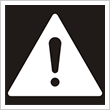
 DANGER: Use only in extreme situations. This is ideal for hazardous situations that, if not avoided, will result in death or serious injury. The word should be in safety white letters on a rectangular safety red background.
DANGER: Use only in extreme situations. This is ideal for hazardous situations that, if not avoided, will result in death or serious injury. The word should be in safety white letters on a rectangular safety red background.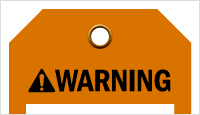 WARNING: This is for situations that will resultin death or serious injury if avoided. The word WARNING should be in safety black letters on a safety orange background.
WARNING: This is for situations that will resultin death or serious injury if avoided. The word WARNING should be in safety black letters on a safety orange background.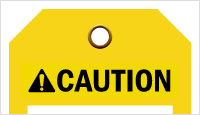 CAUTION: Indicates a hazardous situation that, if not avoided, could result in minor or moderate injury. Use with the safety alert symbol.
CAUTION: Indicates a hazardous situation that, if not avoided, could result in minor or moderate injury. Use with the safety alert symbol. NOTICE: This header is better for messages related to property damage, not personal injury.
NOTICE: This header is better for messages related to property damage, not personal injury.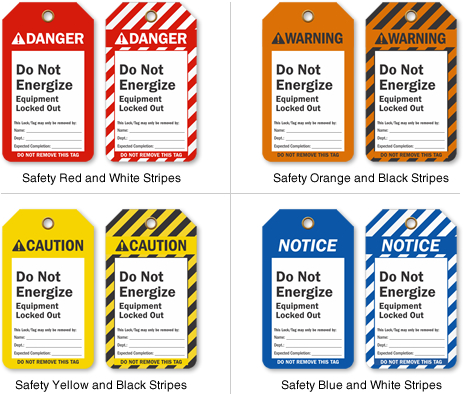
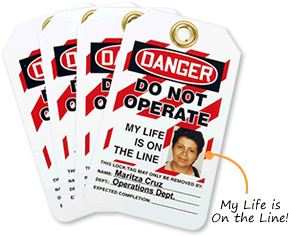
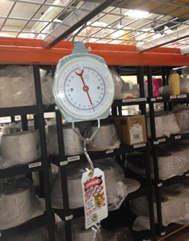 Tagout devices, including their means of attachment, shall be substantial enough to prevent inadvertent or accidental removal. Tagout device attachments shall be of a non-reusable type, attachable by hand, self-locking, and non-releasable with a minimum unlocking strength of no less than 50 pounds and having general design and basic of being at least equivalent to a one-piece, all environment-tolerant nylon cable.
Tagout devices, including their means of attachment, shall be substantial enough to prevent inadvertent or accidental removal. Tagout device attachments shall be of a non-reusable type, attachable by hand, self-locking, and non-releasable with a minimum unlocking strength of no less than 50 pounds and having general design and basic of being at least equivalent to a one-piece, all environment-tolerant nylon cable.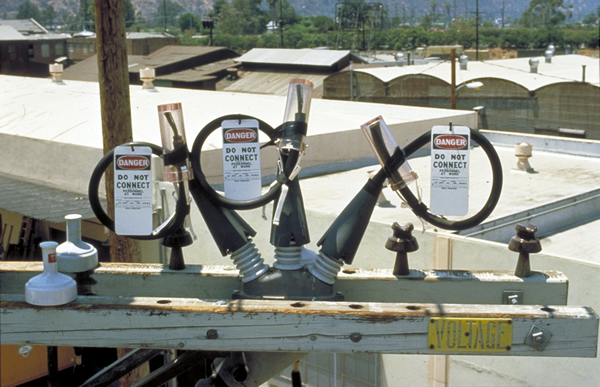
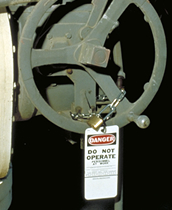 An unexpected trigger of hazardous energy, such as a worker mishandling the wrong chemical canister or equipment piece, can lead to disastrous consequences, from injury to death. For example, a worker could be trying to clear a conveyor jam that could suddenly release, crushing the worker in the process. Without a strong tag or warning system, dangerous chemicals and hazardous energy sources are difficult to distinguish from one another and can be underutilized. Therefore, workplace regulations must focus on tempering potent sources of hazardous energy. According to OSHA’s § 1910.147, workplaces must establish an energy control program, and one of the best ways to identify and manage energy sources is setting a
An unexpected trigger of hazardous energy, such as a worker mishandling the wrong chemical canister or equipment piece, can lead to disastrous consequences, from injury to death. For example, a worker could be trying to clear a conveyor jam that could suddenly release, crushing the worker in the process. Without a strong tag or warning system, dangerous chemicals and hazardous energy sources are difficult to distinguish from one another and can be underutilized. Therefore, workplace regulations must focus on tempering potent sources of hazardous energy. According to OSHA’s § 1910.147, workplaces must establish an energy control program, and one of the best ways to identify and manage energy sources is setting a 